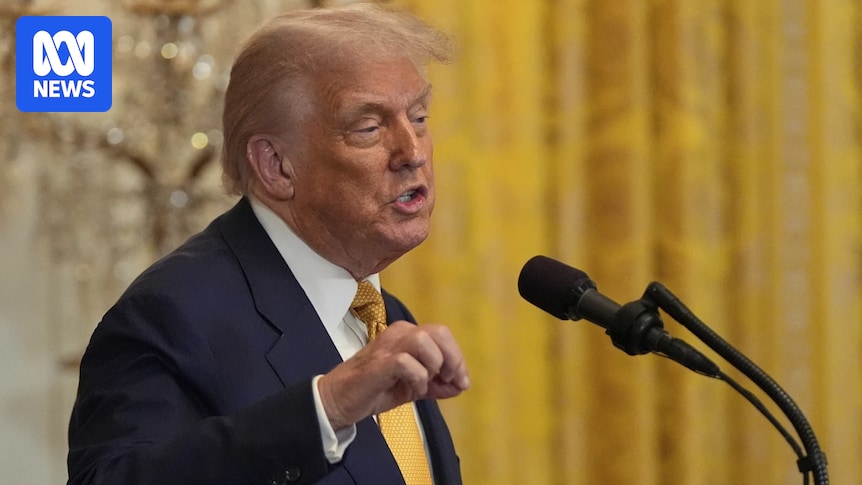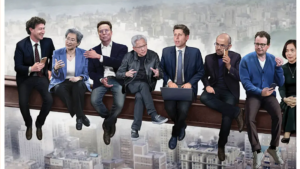
US President Donald Trump has announced a significant trade agreement with Japan, claiming it will lead to a massive $842 billion investment into the United States. This deal, as described by Trump, will also introduce a 15 percent reciprocal tariff on Japanese imports.
In a post on his social media platform, Truth Social, Trump elaborated that Japan would open its markets to American cars, trucks, rice, and various agricultural products. He emphasized the potential job creation, stating,
“This Deal will create Hundreds of Thousands of Jobs — There has never been anything like it.”
Trump also assured that the US would maintain a strong relationship with Japan.
Details of the Trade Agreement
According to Trump, the agreement involves Japan investing $842 billion into the US under his directive, while reducing the tariff on Japanese goods from a previously proposed 25 percent to 15 percent. This announcement follows a meeting with Japan’s chief tariff negotiator, Ryosei Akazawa, at the White House, as reported by the Asahi newspaper.
The discussions also included meetings with US Commerce Secretary Howard Lutnick and Treasury Secretary Scott Bessent, indicating the high-level engagement between the two nations on this issue.
Political Repercussions in Japan
Meanwhile, Japanese Prime Minister Shigeru Ishiba is facing increasing pressure within his Liberal Democratic Party. Following a significant electoral defeat, Ishiba is considering whether to step down, contingent on the progress of the trade negotiations with the US.
According to the Yomiuri newspaper, Ishiba has expressed his intention to take responsibility for the election loss once the trade negotiations are concluded. He stated his readiness to discuss the agreement with Trump after being briefed by negotiator Akazawa.
Ishiba highlighted the importance of avoiding a political vacuum in Japan during these challenging negotiations, saying,
“I will stay in office and do everything in my power to chart a path toward resolving these challenges.”
He is expected to meet with party leaders to discuss the election results and the way forward.
Uncertainty Surrounding Tariffs
The introduction of tariffs remains a contentious issue, with concerns about potential price increases for US consumers and businesses. As the August 1 deadline for the new tariff rates approaches, Trump has also announced a trade framework with the Philippines, imposing a 19 percent tariff on its goods, while exempting American products from import taxes.
Furthermore, Trump has reaffirmed a 19 percent tariff on Indonesian goods. In a related development, Trump mentioned upcoming trade talks with the European Union, following a letter threatening a 30 percent tariff on EU goods starting August 1.
The Trump administration is also engaged in ongoing negotiations with China, set to continue until August 12, with Chinese goods facing an additional 30 percent tariff. Treasury Secretary Scott Bessent is scheduled to meet with Chinese officials in Stockholm to discuss shifting the US economy towards manufacturing.
Bessent remarked on the potential benefits of this economic shift, stating,
“President Trump is remaking the US into a manufacturing economy. If we could do that together, we do more manufacturing, they do more consumption. That would be a home run for the global economy.”
This trade deal with Japan marks a pivotal moment in US-Japan relations, with significant economic and political implications for both nations. As the details unfold, the global economic landscape may experience substantial shifts, impacting various sectors and international trade dynamics.






